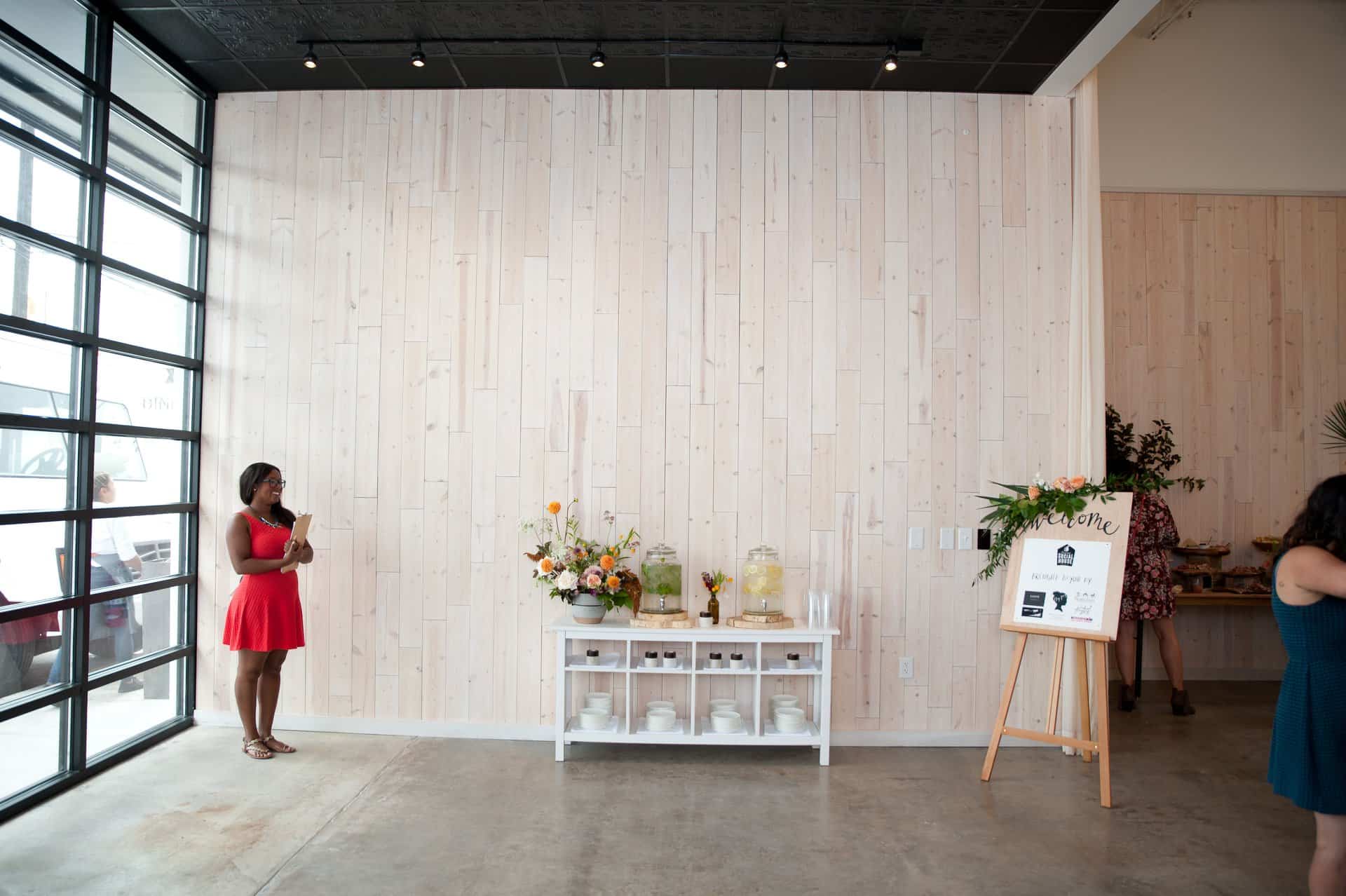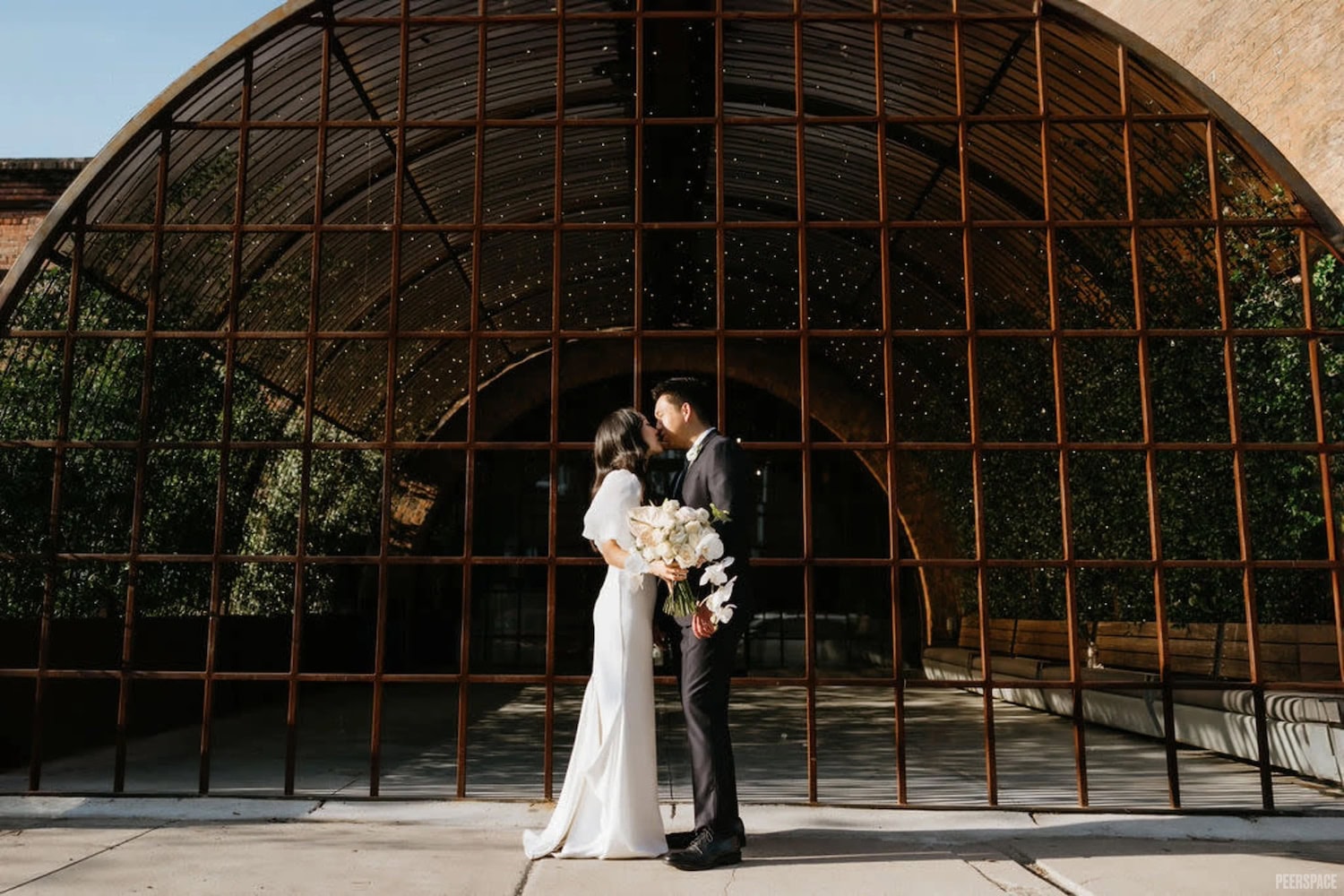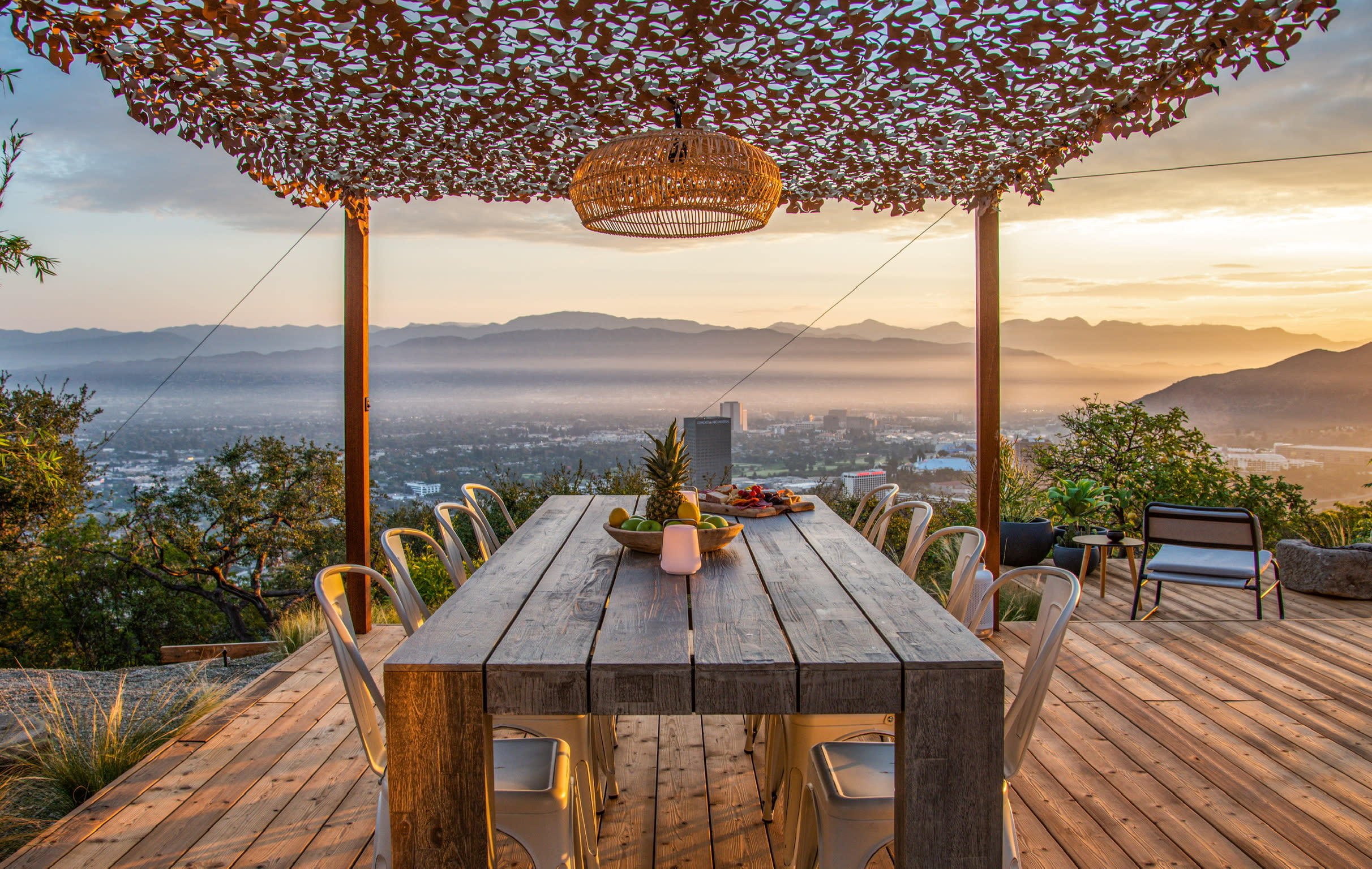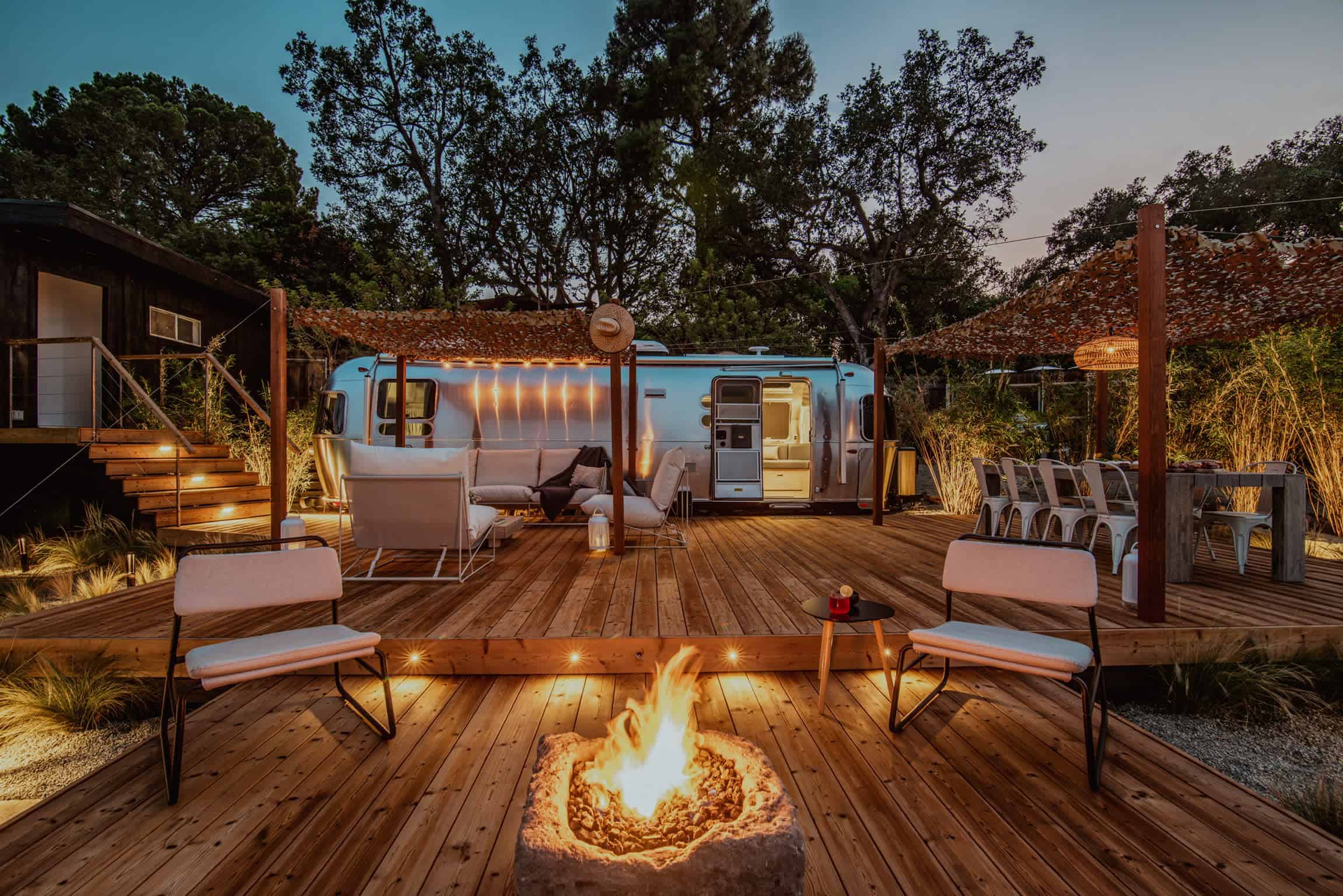How to Create an Event Timeline at Every Stage of the Planning Process
- June 18, 2018
- 6 min read
- Events

Planning an event is similar to conducting a symphony. Imagine yourself the conductor with your primary responsibility to unify all aspects of the event into harmony. You are setting the pace of experience for your guests all the while executing the preparations. It just so happens that when planning an event, it’s food, music, and activities and not an orchestra. The only way to manage your ensemble is with a detailed event timeline.
With so many pieces coming together, an event timeline can be a very powerful tool in the success of your event. It’s a visual map of what needs to happen leading up to the event, during the event and after the event. While every event planner develops their own style and method of organization, creating an event timeline is a big part of planning a successful event. See how to create an event timeline of your own.
Break It Down
The simplest way to organize an event timeline is by dividing up your timeline into three parts:
1) Pre-event
2) On-site
3) Post-event
Pre-Event Timeline: Set Deadlines
Prior to an event, you want to set deadlines for yourself with plenty of time to achieve them. “I recommend that guests start planning small meetings about three to four weeks in advance to make sure they have the venue locked down and can finalize the remaining details stressfree,” says Julia Bendall, Sales & Vendor Manager at Peerspace. “For something larger like a mini conference, two months in advance is best.” For holiday parties, Julia recommends planning up to six months in advance as venues tend to book up quickly.

Day-of Timeline
Before your event, you want to make a schedule for the day and stick to it. Have a realistic idea of how long topics will take to discuss and plan accordingly. Remember it is your job to keep guests on track.
Plan for the largest sections
“Whenever planning events, I plan out the largest sections like the keynotes or panel sessions to ensure that the most important parts are accounted for and then fill in the gaps from there with smaller sessions, breaks, and meals,” says Julia. Look out for event venues that are conducive for these large panels or breakout sections.
Schedule breaks
Corporate event planning does not end once all the details are finalized. During the day of, you are in command and must steep people back on topic to keep to your event timeline. Schedule breaks as small as five minutes every 50 minutes into your timeline as people tend to lose focus. Building in time for a change of scenery, fresh air and a snack will recharge your guests and ultimately make your event a success.
Plan for setup and breakdown
You may have been working months in advance in preparation for your event. As organized as you are leading up to the event, don’t shortchange yourself on time on the day of your event. For the day of, give ample time to load in as well as breaks. “We recommend one hour for basic set up. The more complex your needs, the more time you’ll require,” says Julia. “Make sure to check with your vendors to see how much time they will need to set everything up.
Play it safe
Additionally, make sure you schedule breaks often enough to accommodate your group’s needs and long enough that people have a chance to take care of their needs.” Building extra time into your schedule on the day of your event will also come in handy if and when complications arise. “There are always and will always be hiccups at events. You need to take care of every possible detail in advance knowing that you will likely face something unexpected on site,” said Patti Dawin, a corporate event planner. “I do my best to maintain the attitude that there is always a solution. You need to think creatively and stay calm.”
Post-Event Timeline
After the momentum of organizing an event and finally reaching that day, it is possible to drop the ball in the days after. There is still plenty to accomplish after your event is over and a timeline will help you keep track of those tasks.
Evaluate your budget
High on the list of priorities is a complete evaluation of the budget and the overall financial status. Now is the time to collect all the receipts, invoices and documentation and update the budget.
Follow up with guests and partners
As you look back over the event that occurred, you should send thank you notes and acknowledge those that collaborated with you on the event. You can remind recipients of the event’s success – and how they contributed. Likewise send follow-up communication to event participants.
Ask for feedback
You might even conduct a short survey so you know learn what your guests found enjoyable and where you could improve. Exchanges like the ones mentioned above give event organizers like yourself the greatest opportunity to learn how successful the event truly was.
Now that you’re armed with the know-how to create an event timeline, you are ready to create your own. Lauren Lee, Dropbox’s Manager of Events and Experiences shares her event timeline for organizing a holiday party with Peerspace here. Remember that a well-thought out timeline still needs time added as a buffer in case of any challenges that may arise. And always communicate your timeline with all those involved so everyone is aware of deadlines and expectations.
As you build out your event timeline, locking down your venue is one of the most crucial aspects to ensuring your event goes according to plan. Peerspace has thousands of unique event venues perfect for networking events, panels, workshops, company parties, and more.







